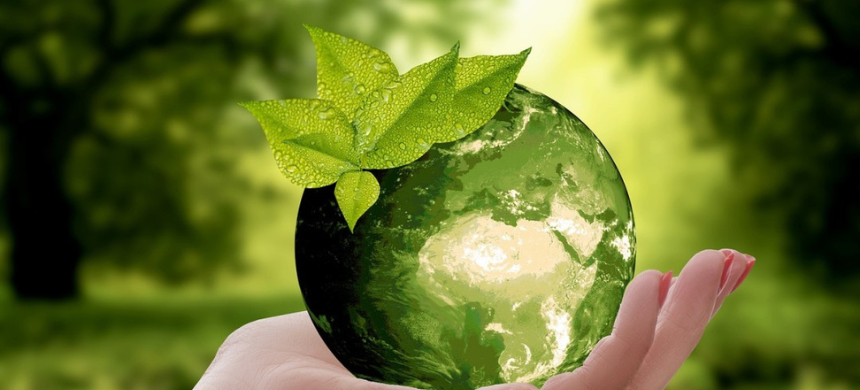Pakistan will require over $390 billion in additional investments by 2050 to effectively transition to a low-carbon economy, according to a report released by the Asian Development Bank (ADB) on Sunday.
This substantial investment is critical to fulfilling the country’s international commitments to reduce carbon emissions, with key initiatives including the transition from coal to gas in the industrial sector, electrification of transportation, and switching from gas to electricity for cooking.
The report, titled Pakistan Low-Carbon Energy Outlook and Technology Road Map, highlights that these energy expansion plans will demand significant financial support. The investment breakdown reveals that hydropower generation will require an estimated $153 billion, nuclear power $103 billion, wind power $62 billion, and solar energy $51 billion. In addition, $22 billion will be necessary for transmission and distribution infrastructure to stabilize the energy grid.
These figures are in addition to the investments needed in the transport and domestic sectors to achieve energy efficiency. The ADB acknowledges that securing such a large-scale investment will be challenging, as government funds will be insufficient. Much of the financial support will need to come from both the domestic and international private sectors, through mechanisms such as equity funding, bank credits, bond issues, and foreign financial assistance.
The ADB cautioned that achieving this level of funding would require major reforms to attract investment. It called for regulatory reforms, strong policy initiatives, and comprehensive planning to create a favorable investment climate.
To meet emission reduction targets, Pakistan must implement policies that align private sector incentives with environmental goals. A supportive regulatory framework and a structured project preparation and implementation system are essential to secure the support of multilateral and bilateral donors.
The ADB’s findings indicate that a low-carbon approach would lead to significant reductions in Pakistan’s greenhouse gas emissions, with a projected 23% decrease by 2030 and 36% by 2050 compared to a business-as-usual scenario. Transitioning to cleaner energy sources, particularly natural gas and renewables in the industrial and transport sectors, will be crucial in achieving these reductions.
As one of the most vulnerable countries to climate change, Pakistan faces a critical challenge in balancing economic growth with environmental sustainability.











